1
HOME > Cars >
DRIVERLESS CARS ARE EXCITING TECH BUT ARE THEY REALLY SAFE?
Written by Menswear Style in Cars on the 1st November 2023
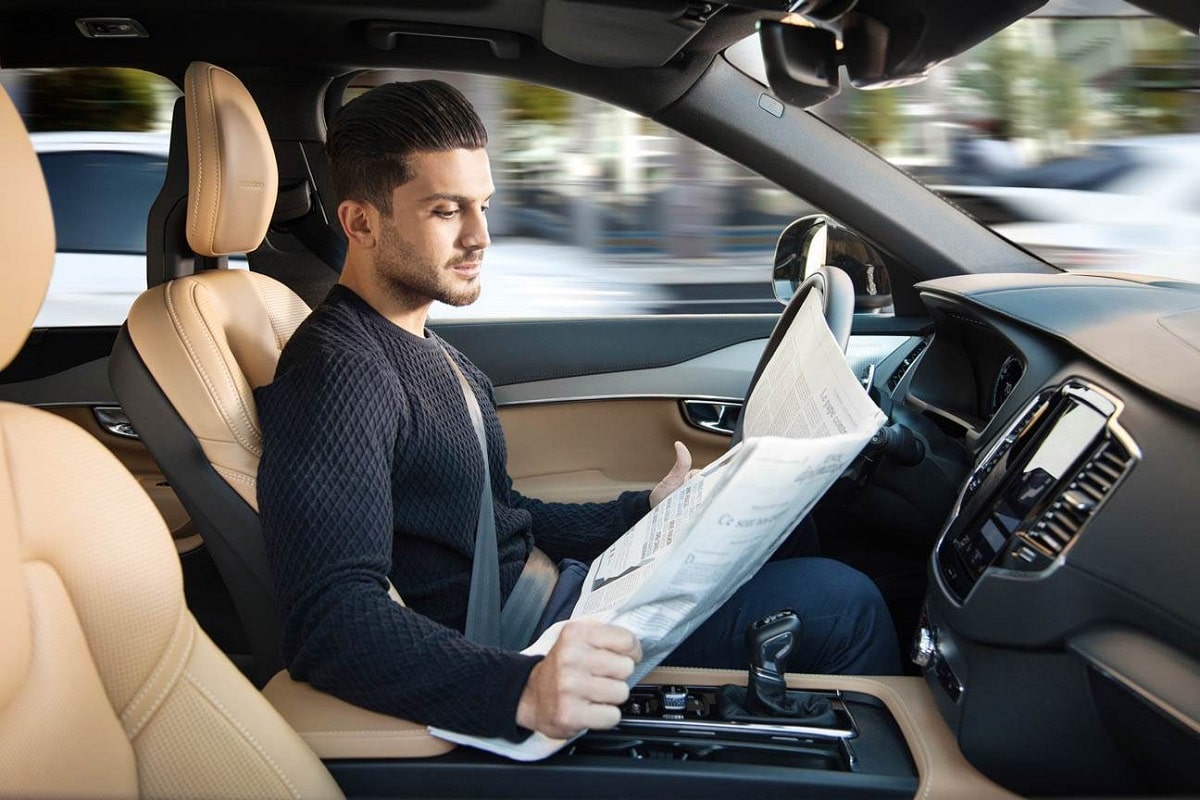
In light of Google's recent investment in driverless car firm Oxa, Mark Trimbee, CEO of personalised number plate provider Regtransfers, delves into the surging interest in self-driving cars. In particular, he focuses on the vital aspect of safety, scrutinising whether autonomous vehicles really do hold the key to our transportation future.
The notion of self-driving cars has long been a source of fascination for the communities of both tech and driving enthusiasts. What once was the stuff of science fiction novels is rapidly transitioning into reality. Make no mistake, the adoption of autonomous vehicles is on our horizon.
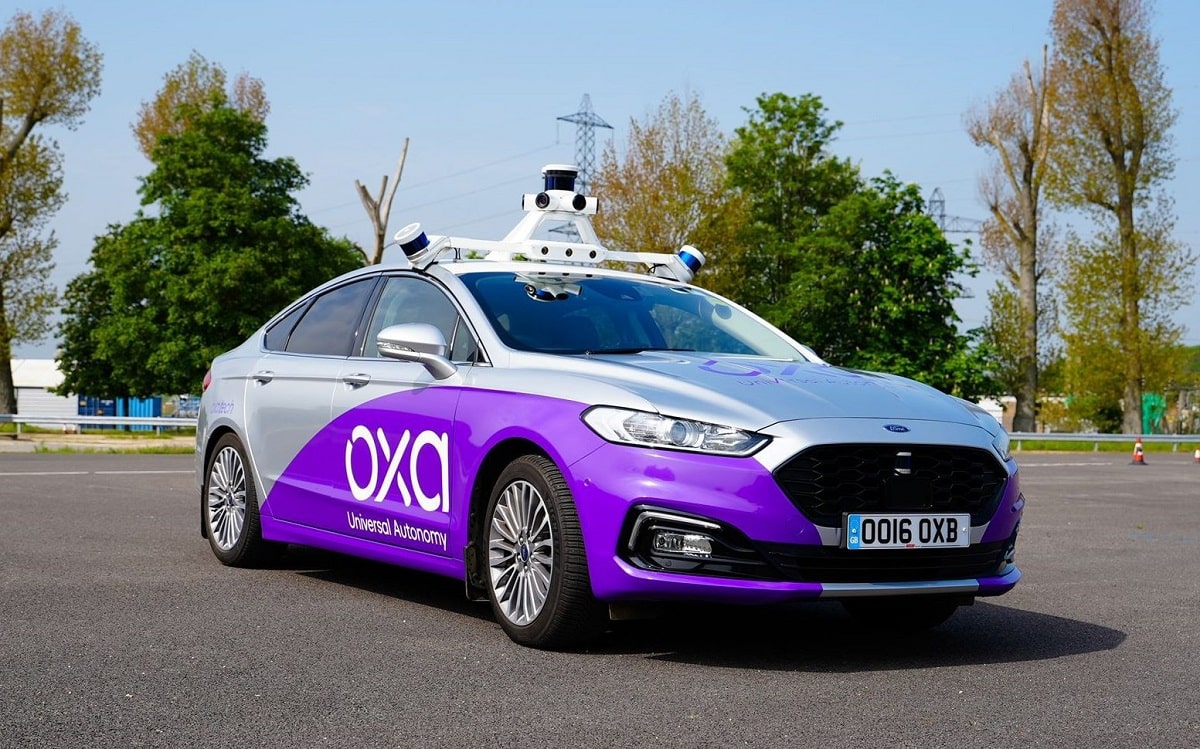
Yet, amid the media buzz and “shiny” advertising promoting the use of this tech, it’s important to address the genuine safety concerns that come with the proliferation of fully autonomous vehicles. The idea of cars that drive themselves is, for want of a better term, exceptionally cool…but not too long ago, headlines were discussing the involvement of approximately 400 self-driving cars in accidents. More recently, a San Francisco pedestrian became trapped beneath a driverless car. While further reports on this case revealed that the autonomous system was not the primary cause of the incident, stories like this still raise questions around the safety of self-driving cars as a mode of transportation.
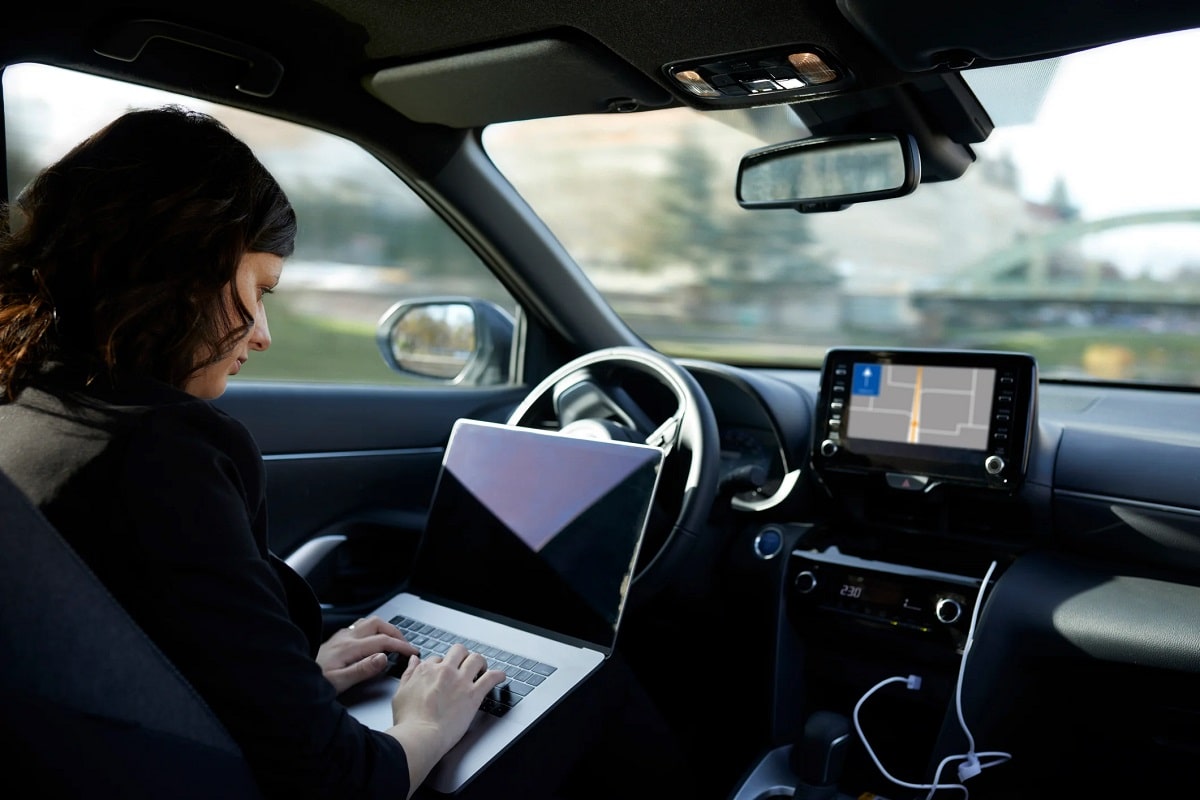
Assessing the Safety of Self-Driving Vehicles
Fully autonomous vehicles are a rare sight at this moment in time, but they are gradually making their presence felt on the streets. Furthermore, modern vehicles are increasingly incorporating various forms of automation into their functions - processes which may eventually encompass all facets of a vehicle, effectively transforming every seat into a passenger seat. Driverless cars - and AI in general - represents an uncharted frontier - in particular, when it comes to the safety and security of the general public. Focusing on AI’s involvement in driving, scenarios concerning road safety are posed and questions arise as to how a human driver might act to avoid accidents in these situations, over how an AI's behaviour might differ. Of course, humans have been hurting themselves and getting into accidents for an exceptionally long time. Road accidents in particular are by no means exclusive to autonomous vehicles or AI - but there’s something a little more concerning about the removal of the human element from the equation.
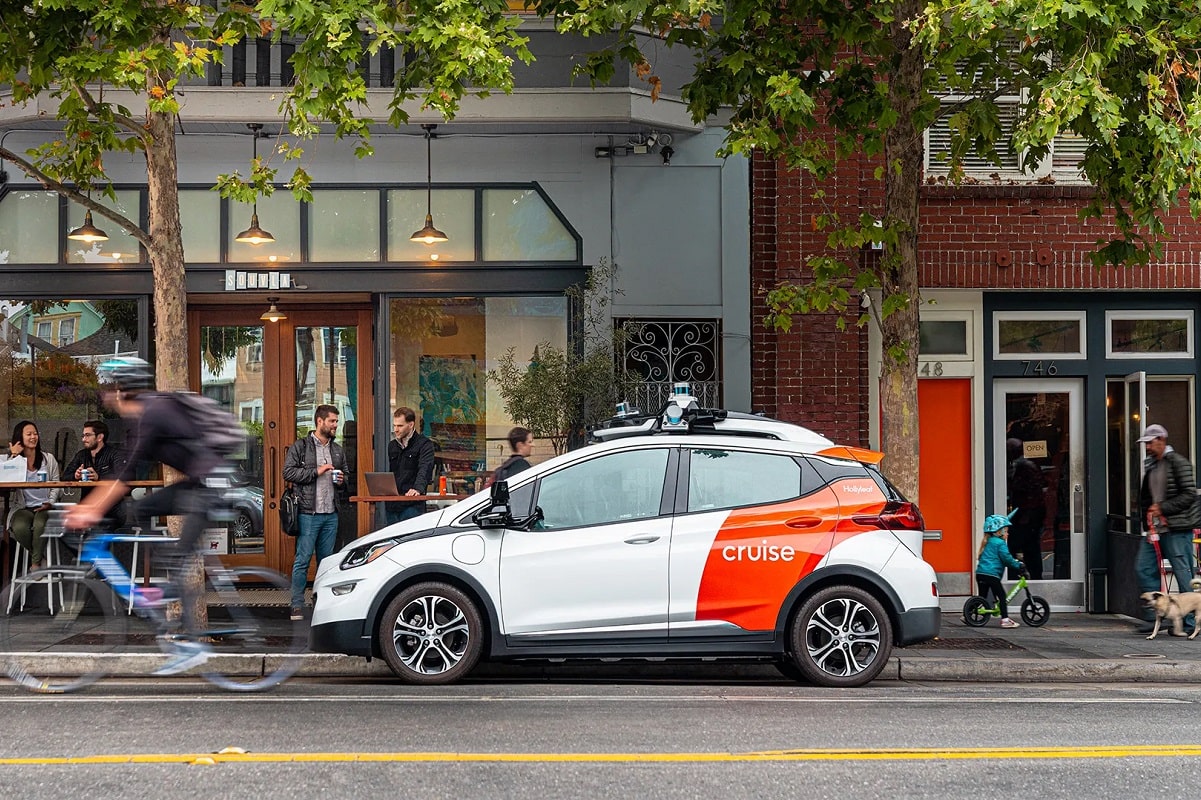
Road Safety
The latest statistics from 2022 in the UK reveal 1,695 fatalities and 136,022 casualties resulting from road traffic accidents. Human drivers are prone to accidents, and the potential arrival of self-driving cars that surpass human safety standards could translate into safer roads and fewer casualties - which is, of course, an appealing prospect. However, removing control from human drivers - who possess the ability to think, react, and exercise judgement - understandably breeds concerns, especially during this early stage of AI development.
Navigating the Challenges
The proliferation of smart products, applications, and wearable technology has already introduced new challenges in the cybersecurity sector. The prospect of hacking becomes even more pronounced with fully autonomous vehicles, which heavily rely on computer systems, particularly if a significant number of these vehicles share a common network. What’s more, there's cost to consider. In the UK, a self-driven car will set you back around £50,000, placing them beyond the financial reach of many individuals. However, as technology advances, costs are expected to become more affordable for the average car owner. We can’t ignore that driving might also present moral quandaries in intricate traffic scenarios, where no straightforward solution guarantees 100% safety of road users or pedestrians. Who dictates the logic behind the vehicle's choices when faced with dilemmas that may harm either pedestrians or passengers? Manufacturers of self-driving car intelligence and their decision-making algorithms could find themselves in the position of "playing God” - and that’s a problem. And of course, tech isn’t infallible. The spectre of machine errors is ever-present, and in a fully automated world, these errors can imperil both passengers and pedestrians. Inappropriate system activations or deactivations, battery fires, breakdowns, or loss of control leading to accidents all loom as potential concerns.
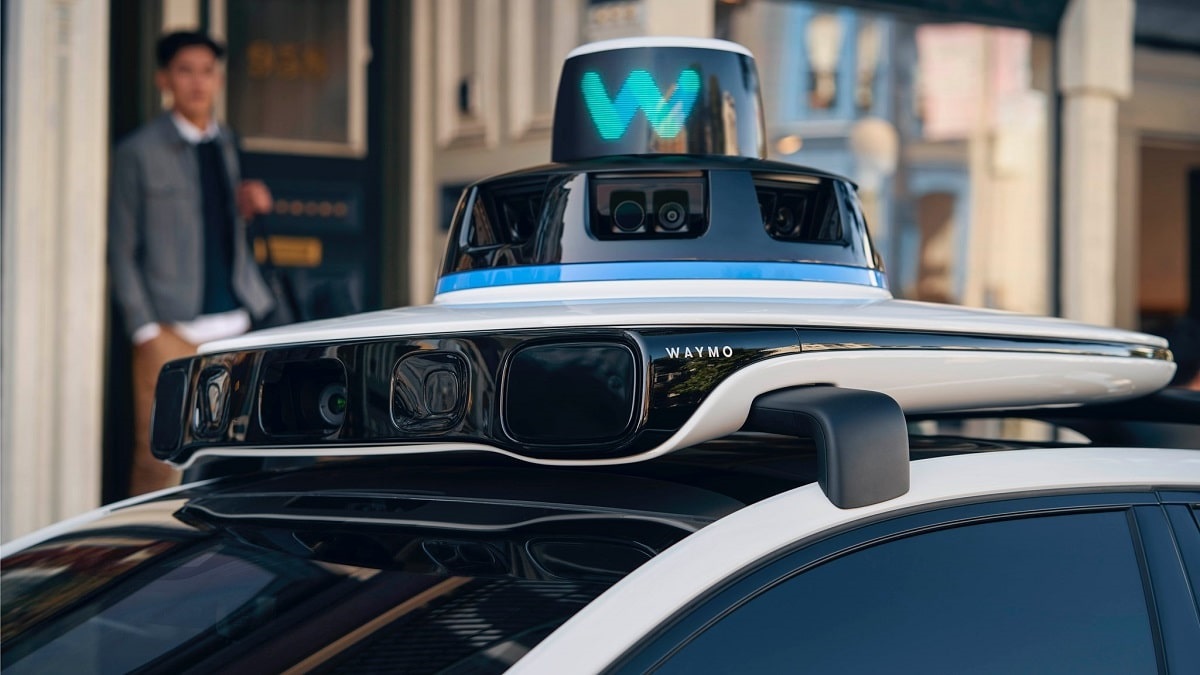
Exploring the Advantages
It is crucial to underscore that raising these concerns is not an endeavour to spread fear. These concerns are genuine and well-founded in the present landscape. However, as technology advances, several advantages emerge in favour of self-driving cars and their eventual widespread adoption: Enhanced Safety: Most car accidents stem from human errors, a perennial issue. Self-driving technology relies on algorithms and advanced systems meticulously designed to eradicate human error, potentially eliminating accidents resulting from distractions, impairment, or lapses in judgement. Optimised Traffic Efficiency: Equipped with effective communication capabilities, self-driving cars promise smoother traffic flow and safer journeys. These vehicles can select the most efficient routes for each trip, enhancing overall travel efficiency. Environmental Benefits: Self-driving cars are likely to be electric, reducing the carbon footprint compared to traditional internal-combustion engines. This transition contributes to reduced emissions and a more environmentally sustainable mode of travel. Inclusivity: Self-driving cars offer a safer mode of transportation for individuals with disabilities, the elderly, or those who may have hesitated to drive due to anxiety. This is particularly valuable in areas with limited public transportation options.
In Conclusion
As we bear witness to the growing prevalence of AI, including technologies like ChatGPT, the potential for refinement becomes increasingly evident. The automated future on the horizon holds promise and excitement, especially in the realm of self-driving vehicles. While the prospect of heightened safety, sustainability, and efficiency is alluring, we may still be some distance away from realising this vision as a tangible reality.
Trending
2
3
4
5
6
7
8
9
10








